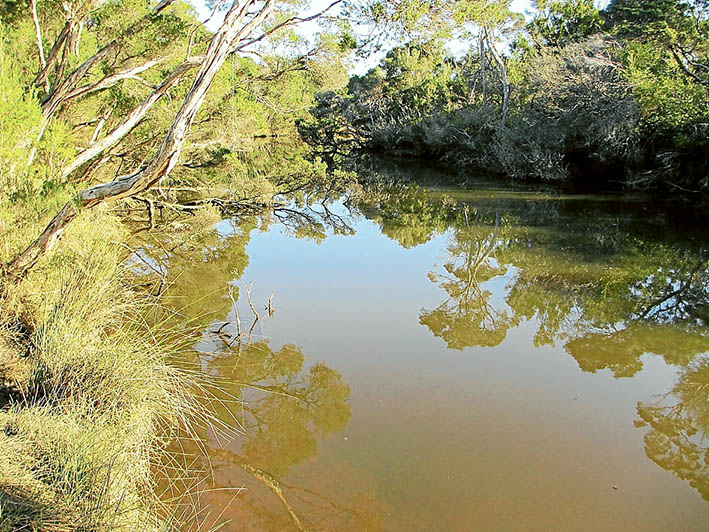
RETIRED science teacher John Inchley is heading a team of voluntary researchers monitoring the health of Balcombe Creek which enters Port Phillip at Mt Martha.
Mr Inchley is the driving force in BERG Mt Martha’s Waterwatch group, which has recently brought high E-coli levels, invasive plants and phosphorous contamination to the attention of health officers.
The creek starts as a trickle near Baxter and meanders 20 kilometres through farmland, parks and near residential areas before flowing through The Briars wetlands and wildlife sanctuary into Balcombe Estuary and eventually into the bay.
Mr Inchley and his assistants, retirees John Rawlins and his wife Roo, are passionate about the environment and happy to keep an eye on what’s happening in our waterways.
A couple of months ago the trio noticed a rotten egg smell at the first of three checkpoints in Augusta St, Mt Martha.
“We discovered that E.coli levels were up, which may have been caused by a sewage or septic tank leak. We alerted the shire health officers who undertook to do further tests,” Mr Inchley said.
Today all is well with the creek.
At the Uralla St bridge checkpoint invasive, white-flowering South African water plants were found, but were not seen as a problem.
The group’s final readings at The Briars Visitor Centre showed high phosphorus levels, probably caused by rain runoff from farms into the creek further upstream. Mr Inchley said the results will be checked to make sure it is not a continuing problem.
The team’s readings are passed on to Melbourne Water.
In a case of the Waterwatchers being watched, the water authority is about to examine Waterwatch members to ensure their methods of testing are satisfactory.